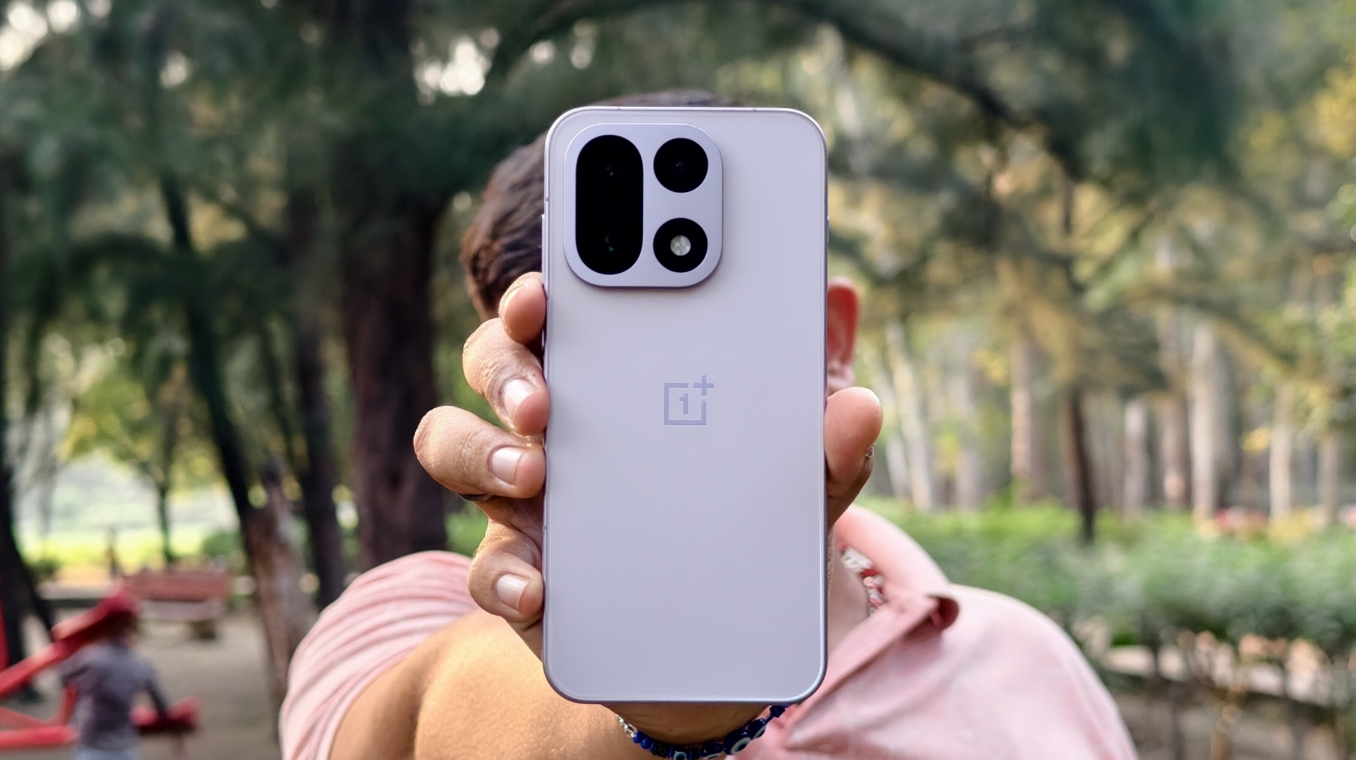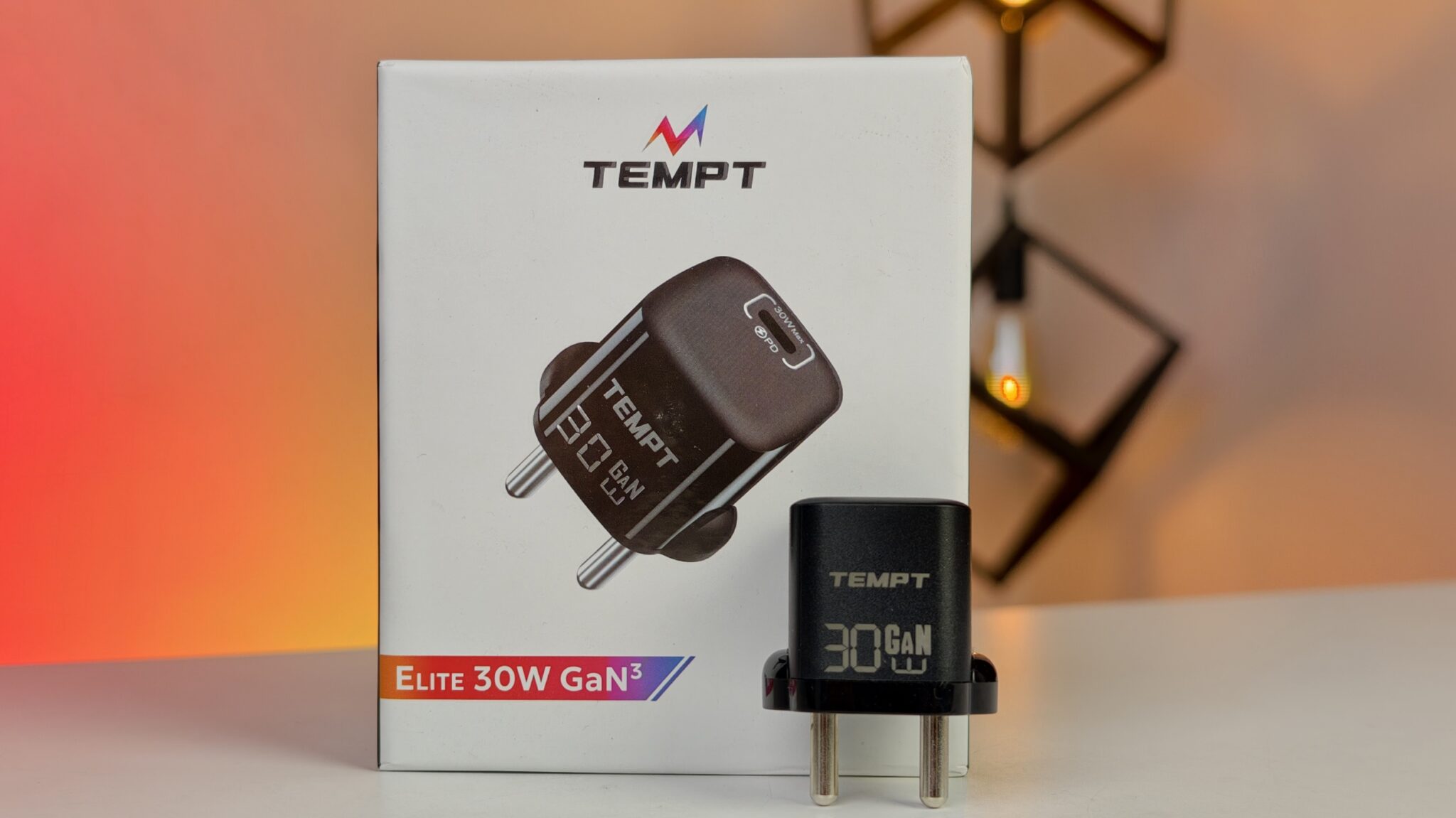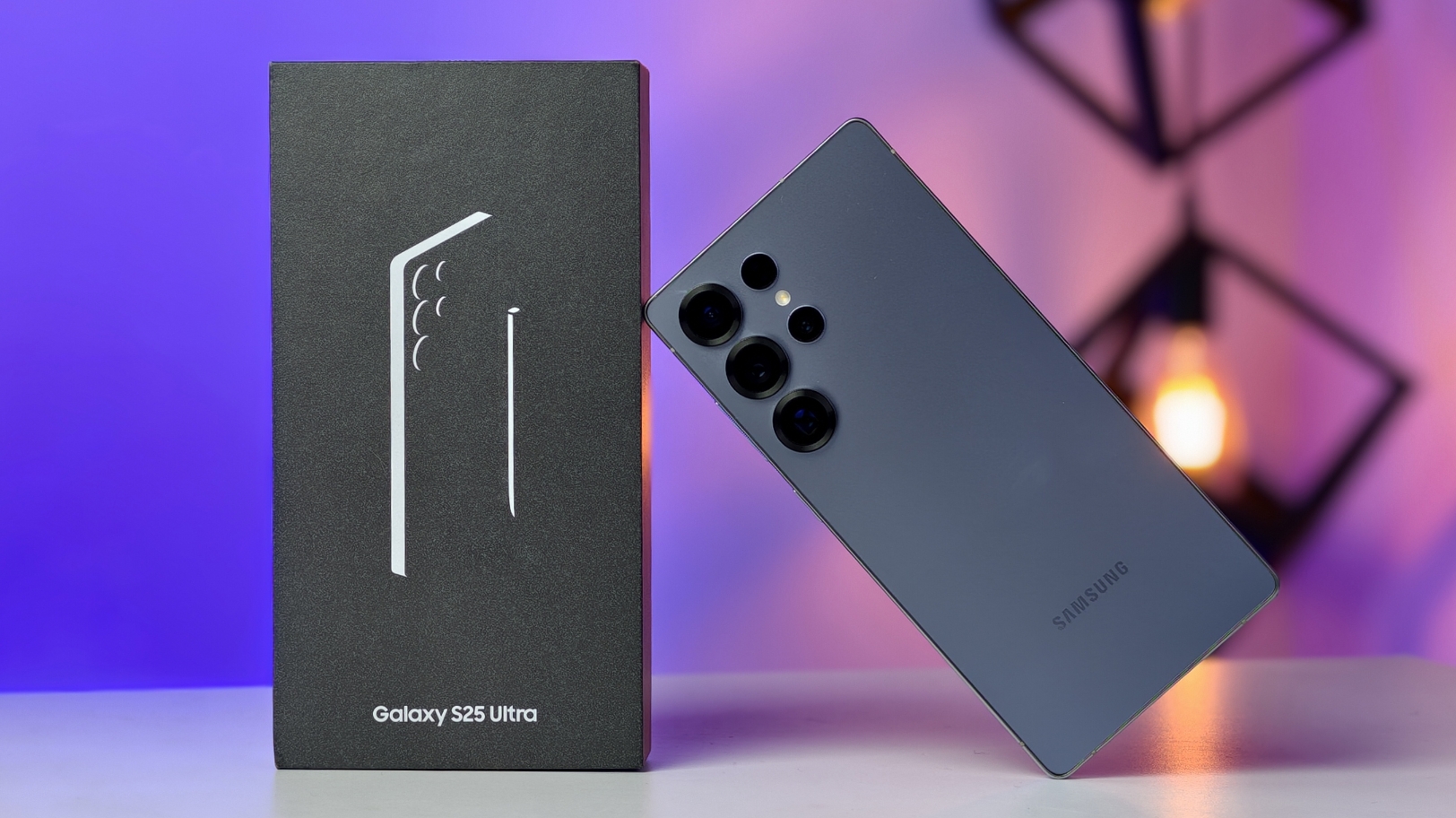The recent advancements in eSIM technology for Android phones have made the process of transferring eSIM profiles between devices more straightforward. However, users in India might face delays in accessing these new featuresThe era of traditional SIM cards is evolving rapidly with the introduction of embedded SIM (eSIM) technology. Android’s latest update brings a significant leap in this evolution, enabling easier eSIM transfers between devices. However, users in India may experience some delay in accessing this feature.
Key Highlights:
- Seamless eSIM Transfer: Google’s new tool allows easy transfer of eSIMs between Android devices.
- Samsung’s Pioneering Role: Initially limited to Galaxy devices, Samsung expands eSIM transfer feature to other Android phones.
- Integrated Setup Process: eSIM transfers integrated into the phone setup, simplifying the process.
- Network Limitations: Currently limited to T-Mobile profiles, with plans for broader network support.
- Potential Delays in India: Indian users might face delays in accessing these features due to regional network and regulatory factors.

The Evolution of eSIM Technology
The transition from physical SIM cards to eSIMs represents a significant shift in mobile telephony. eSIMs offer greater flexibility, allowing users to switch carriers or plans without the need for a physical SIM swap. This technology is particularly beneficial for travelers and those who frequently change their service providers.
Google’s Role in eSIM Advancements
Google has been at the forefront of this transition. Their latest development, the eSIM transfer tool for Android, was first announced at MWC 2023. This feature is a part of Google’s broader initiative to enhance mobile connectivity and user experience across its Android ecosystem.
Samsung’s Involvement and Expansion of Compatibility
Samsung, a key player in the Android market, initially introduced the eSIM transfer tool within its One UI 5.1 update, exclusive to Galaxy devices. With the release of One UI 6.1, the feature’s compatibility expanded, indicating Samsung’s commitment to interoperability across Android devices.
The Process of eSIM Transfer
The eSIM transfer process is integrated into the Android phone setup. Users can transfer their eSIM by scanning a QR code, making the process straightforward and user-friendly. This feature has been tested and demonstrated compatibility across various Android devices, including Samsung Galaxy and Google Pixel phones.
Network Limitations and Geographic Availability
Currently, the eSIM transfer tool is operational for profiles connected to the T-Mobile network, with expectations of expanding to other networks. However, users in India might face delays due to regional network compatibility and regulatory approvals.
Google’s Role in eSIM Advancements
Outline Google’s contribution to eSIM technology, focusing on the development and launch of the eSIM transfer tool.
Samsung’s Involvement and Expansion of Compatibility
Highlight Samsung’s initial steps in eSIM transfer technology and its eventual expansion to include a broader range of Android devices.
Conclusion
The eSIM transfer tool by Google marks a significant advancement in Android’s capabilities, simplifying the process of switching phones. Samsung’s role in this development highlights the collaborative efforts within the Android ecosystem. While the feature currently faces network limitations and potential regional delays, particularly in India, its broader rollout is eagerly anticipated. This development paves the way for a more flexible and efficient mobile experience.

















